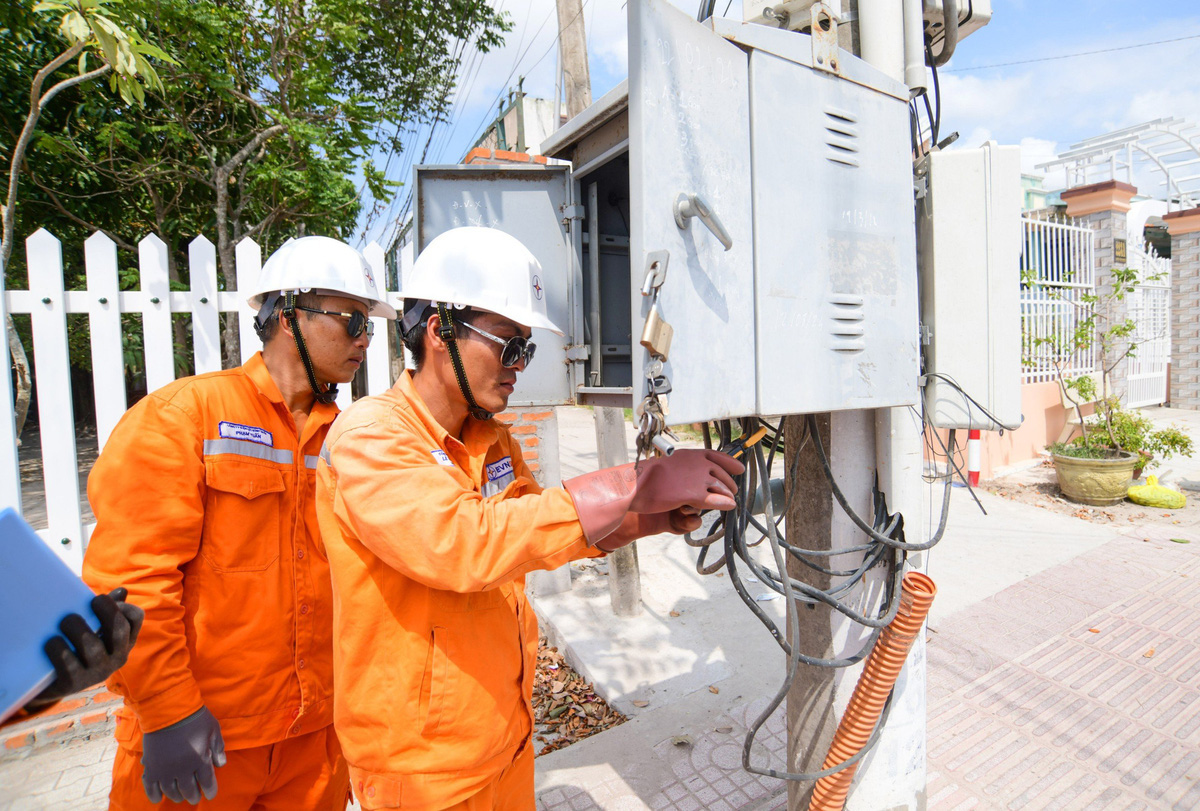
A comprehensive policy framework is needed for the operation of the electricity market, electricity pricing, and improving the efficiency of investment in the electricity sector. - Photo: QUANG DINH
Notably, every time the company announces a loss, the recurring theme of raising prices is presented as the only solution to address its financial woes.
It can be seen that Vietnam has long attracted investment by leveraging its advantages of cheap labor and low electricity prices for production. The cheaper the electricity, the more it attracts energy-intensive industries with outdated technology and products with low technical content and added value.
Therefore, low electricity prices inadvertently fail to create incentives for technological innovation and energy conservation.
Although cheap electricity is a competitive advantage for developing countries, excessively low prices will make it difficult to attract investment in power plants, leading to electricity shortages.
For a long period of four years, from 2019 to 2022, electricity prices were not adjusted, causing many input costs to accumulate.
This has put upward pressure on prices, with electricity prices having to be adjusted upwards three times since 2023.
Therefore, strictly enforcing regulations on electricity price adjustment mechanisms is necessary to avoid successive price increases like those seen recently, and to mitigate electricity price "shocks".
Price increases are inevitable as the energy source structure becomes cleaner and more expensive. However, a key question arises: how can the electricity sector improve the efficiency of capital utilization in investment, construction, and management; and how can people and businesses use electricity more economically and efficiently?
Therefore, increasing electricity prices is only truly justified when this energy source is produced and used on the basis of maximum efficiency and conservation.
A comprehensive policy framework is needed for the operation of the electricity market, electricity pricing, and improving the efficiency of investment in the electricity sector. The electricity sector also needs to restructure its operations, further enhance its governance capacity and investment efficiency in an effort to reduce production costs.
Simultaneously, select advanced, high-efficiency power generation technologies. Improve the power system infrastructure and smart grid.
This is linked to promoting electricity conservation, improving productivity and efficiency in electricity use, and reducing power losses. The goal is to achieve a minimum 2% electricity saving target and keep power losses across the entire system below 6% by 2025.
Furthermore, businesses also need to actively participate in load adjustment programs, reducing electricity demand during peak hours, with the goal of reaching at least 1,500MW by 2025. The installation of rooftop solar power should be encouraged so that by 2030, 50% of office buildings and 50% of residential houses will be using self-generated and self-consumed rooftop solar power.
When 1 kWh of electricity consumption generates $1.60 in GDP, there is a great need for policy mechanisms to stimulate industries that consume less electricity but generate high GDP value, instead of those that consume a lot of energy.
In addition to perfecting the electricity pricing mechanism and promptly issuing a two-component electricity pricing mechanism, there is a need for resource tax policies for industries that consume a large amount of electricity, use outdated technology, and have low economic efficiency.
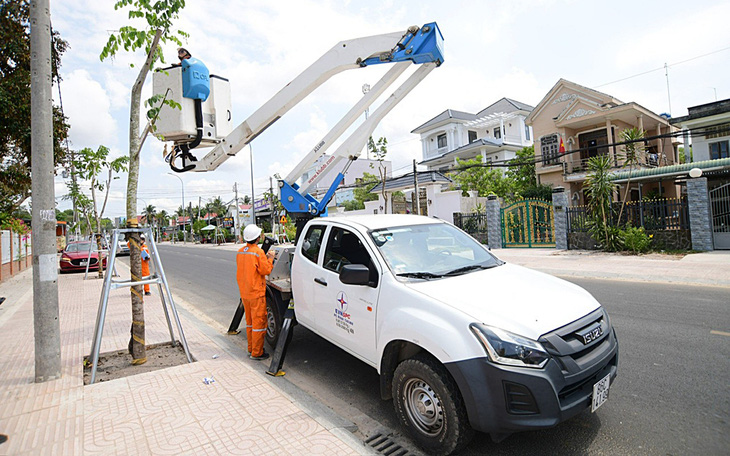 Concerns about increased costs 'following' electricity prices.
Concerns about increased costs 'following' electricity prices.Source: https://tuoitre.vn/de-tang-gia-dien-thuyet-phuc-hon-20241017084727739.htm







![[Image] First Congress of the Vietnam Science and Technology Trade Union](/_next/image?url=https%3A%2F%2Fvphoto.vietnam.vn%2Fthumb%2F1200x675%2Fvietnam%2Fresource%2FIMAGE%2F2025%2F12%2F24%2F1766552551054_ndo_tr_img-1801-jpg.webp&w=3840&q=75)
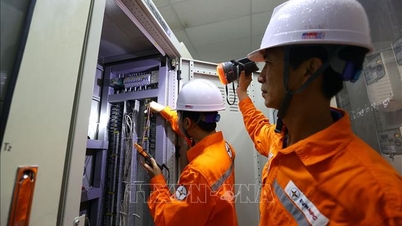



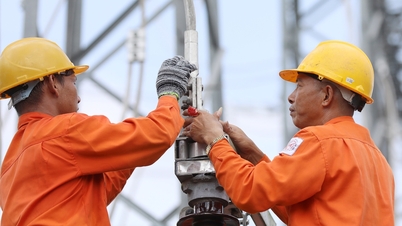

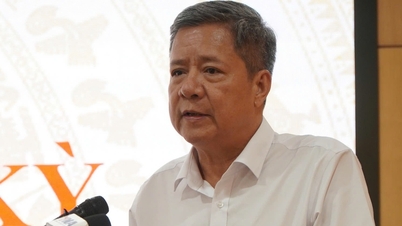


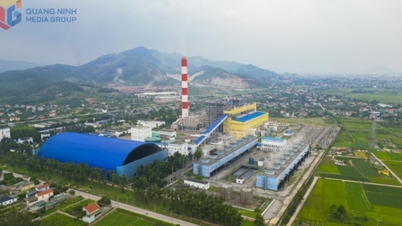




























































































Comment (0)